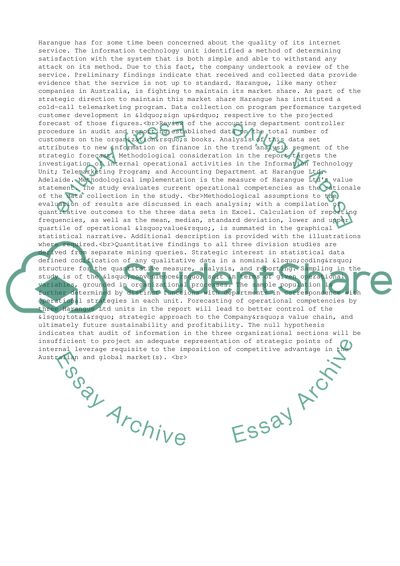Cite this document
(“Business Statistics: Harangue LTD. Report Essay”, n.d.)
Business Statistics: Harangue LTD. Report Essay. Retrieved from https://studentshare.org/business/1452279-business-statistics-report
Business Statistics: Harangue LTD. Report Essay. Retrieved from https://studentshare.org/business/1452279-business-statistics-report
(Business Statistics: Harangue LTD. Report Essay)
Business Statistics: Harangue LTD. Report Essay. https://studentshare.org/business/1452279-business-statistics-report.
Business Statistics: Harangue LTD. Report Essay. https://studentshare.org/business/1452279-business-statistics-report.
“Business Statistics: Harangue LTD. Report Essay”, n.d. https://studentshare.org/business/1452279-business-statistics-report.


